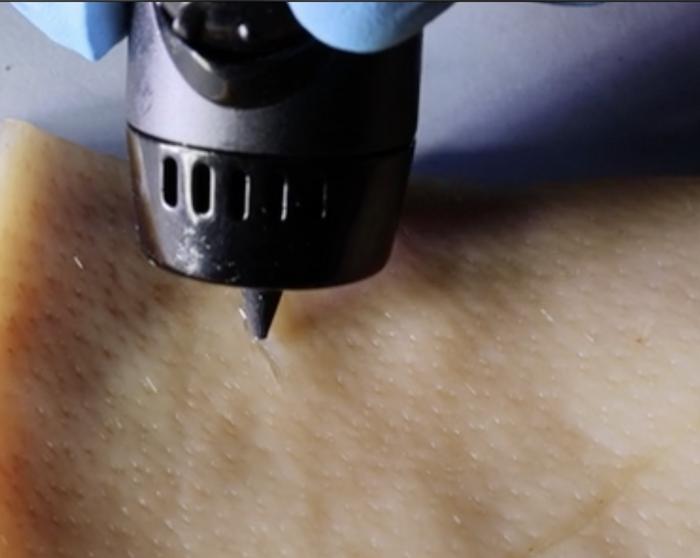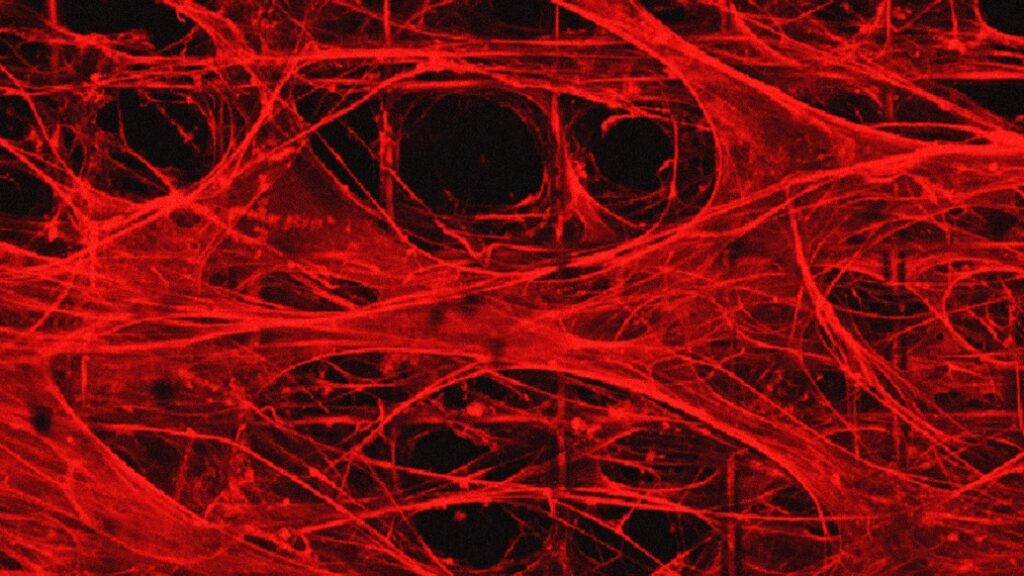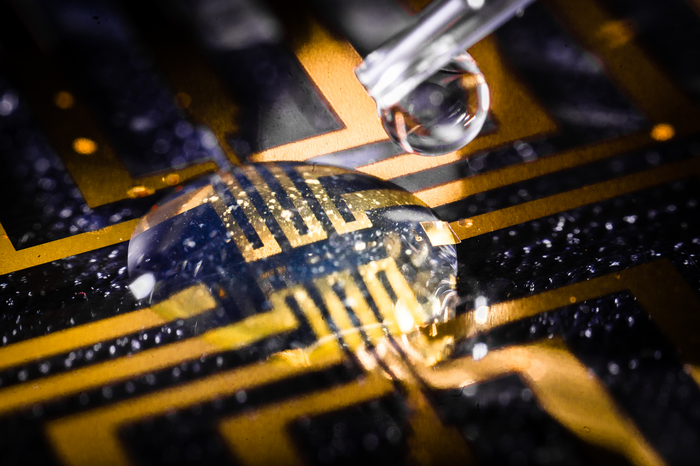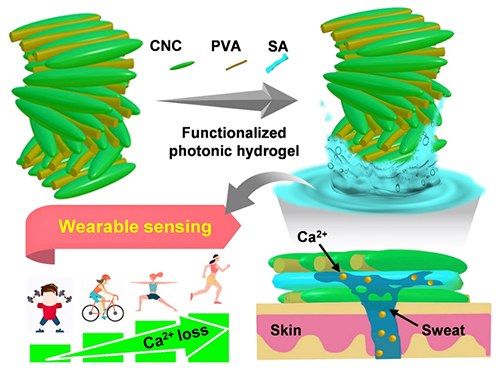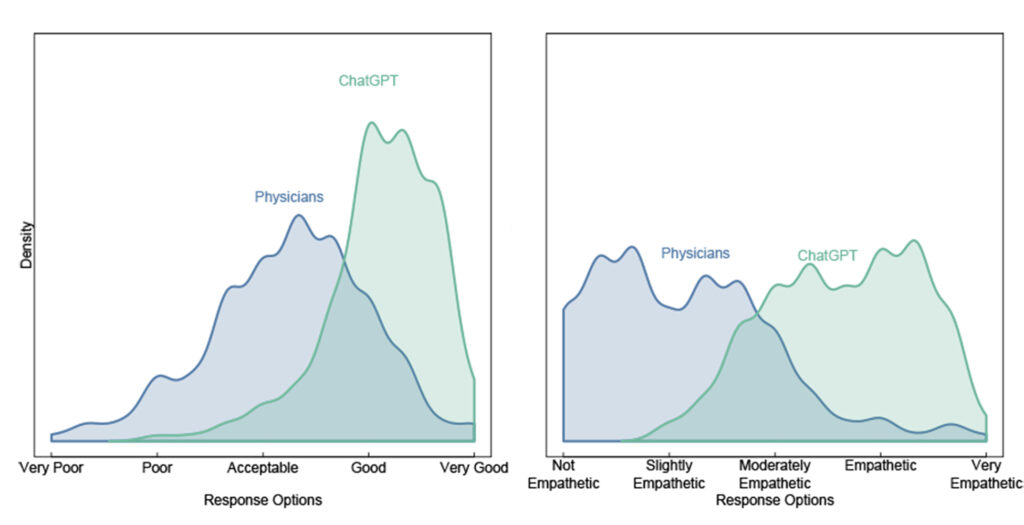This July 5, 2023 Fundação de Amparo à Pesquisa do Estado de São Paulo (FAPESP) press release by José Tadeu Arantes (also on EurekAlert but published on July 3, 2023) slow walks us through a listing of French intellectuals and some history (which I enjoyed) before making a revelation,
The constitution of the World Health Organization (WHO) defines health as “a state of complete physical, mental and social well-being and not merely the absence of disease or infirmity”. The definition dates from the 1940s, but even then the thinking behind it was hardly novel. Similar concepts can be found in antiquity, in Eastern as well as Western societies, but in Europe, the cradle of Western culture, the view that mental well-being was part of health enjoyed little prestige in the eighteenth and nineteenth centuries owing to a reductionist understanding of disease as strictly somatic (relating only to the body). This outlook eventually began to be questioned. One of its leading critics in the twentieth century was French philosopher and physician Georges Canguilhem (1904-1995).
A disciple of Gaston Bachelard (1884-1962), a colleague of Jean-Paul Sartre (1905-1980), Paul Nizan (1905-1940) and Raymond Aron (1905-1983), and a major influence on Michel Foucault (1926-1984), Canguilhem was one of the foremost French intellectuals of the postwar years. Jacques Lacan (1901-1981), Gilles Deleuze (1925-1995) and Jacques Derrida (1930-2004) were among the thinkers who took inspiration from his ideas.
Canguilhem began studying medicine in the mid-thirties and earned his medical doctorate in 1943, by which time he had already taught philosophy in high schools for many years (having qualified in 1927). Another significant tack in his life course occurred during World War Two. He had long been both a pacifist and an antifascist. Following the French surrender in 1940, he refused to continue teaching under the Vichy regime and joined the Resistance, fighting with the rural guerrillas of the Maquis. In this historically and politically complex period, he apparently set out to train as a physician in order to have practical experience as well as book learning and to work on the history of the life sciences. He was awarded the Croix de Guerre and the Médaille da la Résistance for organizing a field hospital while under attack in the Auvergne.
In an article published in the journal History and Philosophy of the Life Sciences, Emiliano Sfara, who has a PhD in philosophy from the University of Montpellier and was a postdoctoral fellow at the University of São Paulo (USP) in Brazil from 2018 to 2022, argues that Canguilhem’s concepts of “technique”, “technical activity” and “practice” derived from Immanuel Kant’s Critique of Judgment (1790) and influenced Canguilhem’s decision to study medicine.
“Earlier historiographical research showed how Kant influenced Canguilhem, especially the concept of ‘knowledge’ developed in Kant’s Critique of Pure Reason as the unification of heterogeneous data by an organizing intellect, and the idea of the ‘organism’ as a totality of interdependent and interacting parts, inspired by the Critique of Judgment. I tried to show in the article the importance, and roots in Kant, of a third cluster of ideas relating to the concept of ‘technique’ in Canguilhem’s work, beginning in mid-thirties,” said Sfara, currently a researcher at the National Institute of Science and Technology for Interdisciplinary and Transdisciplinary Studies in Ecology and Evolution (INCT IN-TREE), hosted by the Federal University of Bahia (UFBA).
“Section 43 of Kant’s Critique of Judgment makes a distinction between technical capacity and science as a theoretical faculty. Technique is the subject’s concrete practice operating in a certain context, a vital movement of construction or manufacturing of objects and tools that enable a person to live in their environment. This is not reducible to science. Analogously, Canguilhem postulates that science is posterior to technique. Practice comes first; theory arises later. This movement is evident in art. True, the artist starts out with a project. But the development of the artwork isn’t confined to the project, which is reconstructed as the process unfolds. This practical element of the subject’s interaction with the environment, which has its roots in Kant’s theories, was very important to the evolution of Canguilhem’s thought. It even influenced his decision to study medicine, as well as the conception of medicine he developed.”
Sfara explained that while Canguilhem espoused the values of the Parti Radical in his youth, in the mid-thirties he moved left, without becoming a pro-Soviet Stalinist. Later on, according to some scholars who knew him and are still active (such as the Moroccan philosopher and mathematician Hourya Benis Sinaceur), Canguilhem gave primacy to the egalitarian principles symbolized by the French Republic’s motto Liberté, Egalité, Fraternité.
His main contributions were to medicine and philosophy of science. His most important work, The Normal and the Pathological (1966), is basically an expansion of his 1943 doctoral thesis. “In his original thesis, Canguilhem broke with part of eighteenth- and nineteenth-century French medical tradition and formulated ideas that are very much part of medicine today. [emphasis mine] Taking a purely analytical and quantitative approach, physicians like François Broussais (1772-1838) believed disease resulted from a surplus or lack of some organic substance, such as blood. Bloodletting was regularly used as a form of treatment. France imported 33 million leeches from southern Europe in the first half of the nineteenth century. Canguilhem saw the organism as a totality that interacted with its environment [emphasis mine] rather than a mere aggregation of parts whose functioning depended only on a ‘normal’ amount of the right organic substances,” Safra said.
In Canguilhem, the movement changes. Instead of transiting from the part to the whole, he moves from the whole to the part (as does Kant in the Critique of Judgment). He views the organism not as a machine but as an integral self-regulating totality. Life cannot be deduced from physical and chemical laws. One must start from the living being to understand life. Practice is the bridge that connects this totality to the environment. At the same time as it changes the environment, practice changes the organism and helps determine its physiological states.
“So Canguilhem implies that in order to find a state called normal, i.e. healthy, a given organism has to adapt its own operating rules to the outside world in the course of interacting concretely and practically with the environment. A human organism, for example, is in a ‘normal’ state when its pulse slows sharply after a period of long daily running. A case in point is the long-distance runner, who has to train every day,” Safra said.
“For Canguilhem, disease is due to inadaptation between the part, the organism and the environment, and often manifests itself as a feeling of malaise. Adaptive mechanisms in the organism can correct pathological dysfunctions.”
The article resulted from Sfara’s postdoctoral research supervised by Márcio Suzuki and supported by FAPESP.
The article “From technique to normativity: the influence of Kant on Georges Canguilhem’s philosophy of life” is at: link.springer.com/article/10.1007/s40656-023-00573-8.
This text was originally published by FAPESP Agency according to Creative Commons license CC-BY-NC-ND. Read the original here.https://agencia.fapesp.br/republicacao_frame?url=https://agencia.fapesp.br/study-shows-kants-influence-on-georges-canguilhem-who-anticipated-concepts-current-in-medicine-today/41794/&utm_source=republish&utm_medium=republish&utm_content=https://agencia.fapesp.br/study-shows-kants-influence-on-georges-canguilhem-who-anticipated-concepts-current-in-medicine-today/41794/
Even though you can find a link to the paper in the press release, here’s my version of a citation complete with link,
From technique to normativity: the influence of Kant on Georges Canguilhem’s philosophy of life by Emiliano Sfara .History and Philosophy of the Life Sciences volume 45, Article number: 16 (2023) DOI: https://doi.org/10.1007/s40656-023-00573-8 Published: 06 April 2023
This paper is open access.
